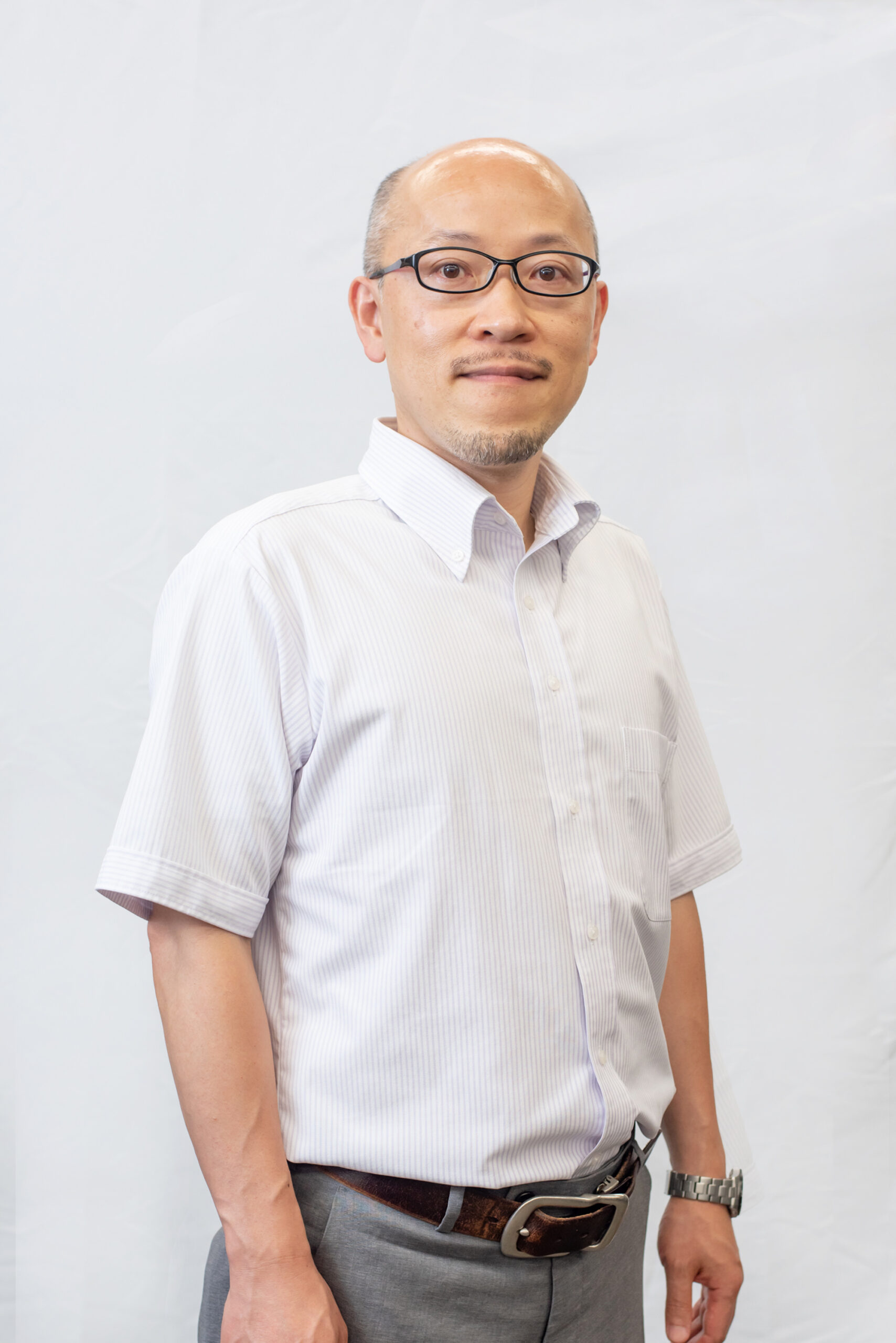
井上 昭雄 教授(任期付)
Akio Inoue
専門分野
観測宇宙物理学
世界最先端の望遠鏡群を駆使した観測宇宙物理学・天文学
研究テーマ
観測的宇宙論 / 銀河形成進化 / 星間物理学 / 惑星系形成
キーワード
最遠方銀河, 宇宙再電離, 宇宙塵, 宇宙望遠鏡
LINKS
RESEARCH OVERVIEW
研究概要
ジェームズウェッブ宇宙望遠鏡、アルマ望遠鏡、すばる望遠鏡などの世界最先端の天文観測装置を駆使して、私たちが棲むこの宇宙の歴史、銀河の形成と進化のようすを解き明かすことを目指しています。
現在の宇宙の年齢は138億年と推定されています(図1参照)。その最初の10億年の間に、宇宙で最初の天体が生まれ、そして、大規模な星団である銀河が誕生したと理論的には予想されています。そのころの銀河を観測するのは、銀河がまだ小さく、また遠いために暗く、とても難しいのですが、アルマ望遠鏡を使って今から約133億年前の銀河を見つけることができました(2018年Nature誌に掲載、図2参照)。
また、その時代には、宇宙再電離と言う現象が起こりました。これは、はじめ電離していた物質が、宇宙年齢約40万年ころにいったん中性になったのち、天体からの強い紫外線により、再び電離したという現象です。この宇宙再電離が、具体的にはどんな天体(銀河なのかブラックホールなのか)の紫外線で起こったのか、また、電離の進み方はどのようなものだったのか、などについても調べています。
日本独自の宇宙望遠鏡計画GREX-PLUSをJAXAに提案しています。この計画が成功すれば、宇宙で最初の巨大銀河を発見することができます。そして、銀河と巨大ブラックホール形成の謎を解き明かすことができると考えています。

MESSAGE to STUDENTS
学生へのメッセージ
「わたしたちはどこから来てどこへ行くのか?」
銀河のなりたちを知ることは、われわれ人類を宇宙史の中に位置付け、その起源を知り、将来を展望することにつながります。これまでに学び、そしてこれからさらに学ぶ物理学を活用して、ともにこの問いに挑戦しましょう!
学歴・経歴
1998年 京都大学理学部 卒業
2003年 京都大学大学院理学研究科 修了 博士(理学)
2004年 日本学術振興会海外特別研究員 フランス・マルセイユ天体物理学研究所
2005年 大阪産業大学教養部 講師
2008年 大阪産業大学教養部 准教授
2017年 大阪産業大学デザイン工学部 准教授
2019年 現職
所属学協会
- 日本天文学会
- 日本惑星科学会
- アメリカ天文学会
- 国際天文学連合

Akio Inoue
Professor (Not tenured)
Field of study
Observational Astrophysics
Research Themes
Observational Cosmology / Galaxy Formation and Evolution / Interstellar Physics / Planetary System Formation
Keywords
Most distant galaxies, cosmic reionization, cosmic dust, space telescope
RESEARCH OVERVIEW
Using world’s cutting-edge astronomical facilities such as James Webb Space Telescope, ALMA, Subaru, and so on, I am working on the topics of the history of the Universe where we live and the formation and evolution of galaxies.
The current cosmic age is estimated at 13.8 billion years (Figure 1). During the first 1 billion years, the first objects and galaxies were expected to be formed theoretically. Observationally, it is difficult to find such objects because they are so faint due to the smallness and great distances. Fortunately, we discovered a galaxy at 13.3 billion light-years by using ALMA (published in Nature, 2018; Figure 2).
In the same era, cosmic reionization happened. This is a phenomenon that the matter in the Universe was ionized by strong ultraviolet radiation from astronomical objects after it became once neutral at about 400 thousands years after the Big Bang when the matter was first ionized. I am exploring what kind of objects (galaxies or blackholes) actually ionized the Universe and how reionization proceeded.
I am proposing Japan’s own space telescope project, GREX-PLUS, to JAXA. If this project succeeds, we will be able to discover the first massive galaxy in the Universe and we will be able to unravel the mysteries of galaxy and super massive blackhole formation.

MESSAGE to STUDENTS
“Where did we come from and where are we going?”
Understanding the origin of galaxies will allow us to place our human beings in the history of the Universe, learn about our origins, and look to the future. Let’s challenge this question together by using the physics you have learned so far and you will learn more!
Education and Career
1998 Kyoto University, Bachelar of Science
2000 Kyoto University, Master of Science
2003 Kyoto University, Doctor of Science
2004 JSPS Postdoctoral Fellowship for Research Abroad, Laboratoire d’Astrophysique de Marseille, France
2005 Osaka Sangyo University, College of General Education, Lecturer
2008 Osaka Sangyo University, College of General Education, Associate Professor
2017 Osaka Sangyo University, Faculty of Design Technology, Associate Professor
2019 Current position
Professional Memberships
- Astronomical Society of Japan
- Japanese Society for Planetary Science
- American Astronomical Society
- International Astronomical Union
